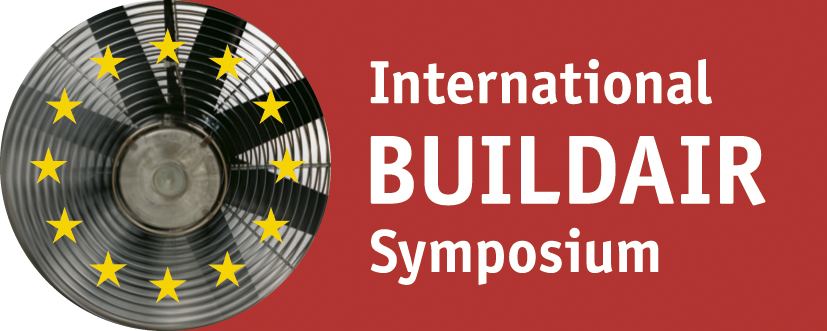Good envelope airtightness is a prerequisite for energy efficiency and effective ventilation of buildings. Through the implementation of specific national requirements, airtightness has evolved positively in many countries, while the European Directive on Energy Performance of Buildings and its associated CEN standards are expected to bring further improvements. However, Member States address the issue very differently in their national regulation. This paper aims to collect recent measurement results of whole building airtightness from different European Member States, to present a comparable analysis among them and to identify specific trends. For this purpose, a total of 1,094 n50 values from field airtightness measurements from 7 European countries were brought together. Differences that vary from 1.09 for Norway to 6.38 for Greece were found between the mean n50 values for the category of 'houses'. Mode n50 values are found to be again the highest for Greece (4.5), while being 2.5 for France and Finland and 1.5 for all other countries. Airtightness data for houses fits into a theoretical Weibull distribution while a considerable asymmetry in distribution was found for all countries expect for Greece and Norway. From the statistical study of airtightness for buildings with different uses but located in the same country, French 'houses' prove to differ statistically significant from almost all other categories of French buildings.
International Comparison of Envelope Airtightness Measurements

Year:
2008
Bibliographic info:
3rd European Blower Door Symposium, 30-31 May 2008, Kassel, Germany




